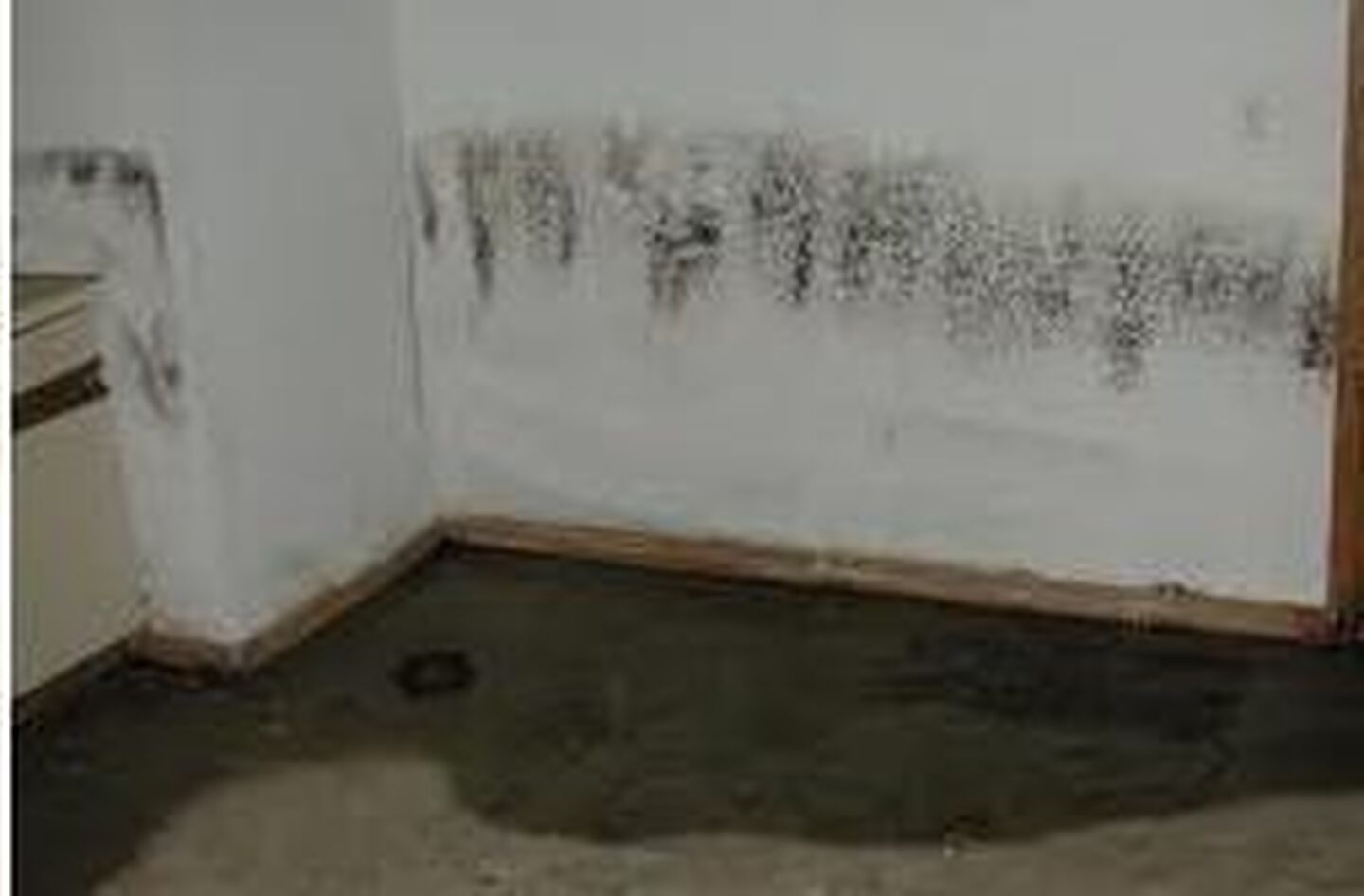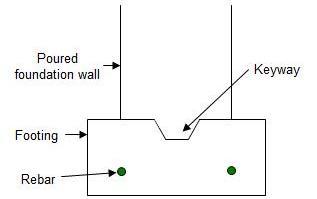Why Does my Basement Leak Between the Wall and Floor?

Basement waterproofing is a fairly simple business in a way – we find the leak, we fix the leak. Of course, there’s a lot more to it than that, otherwise everybody would be doing it.
Like many businesses, we speak our own lingo and, because this blog exists to educate homeowners on keeping their basements dry, I want to explain a term you might hear when you experience a basement leak at the spot where the wall meets the floor.
What’s a “Cove Joint” and How Does it Make my Basement Leak?
When your home was built, an excavator dug a big hole that is now your basement. The first thing that went into that hole was a poured concrete footing — a broad, thick slab that defines the outer perimeter of your home. This footing supports your foundation walls and spreads their weight to prevent settling or rising.
 When the footing is poured into a wooden form, a specially shaped board is embedded into the wet concrete all along its length to form a tapered channel on the top of the footing, right down the middle. This channel is called a “keyway.”
When the footing is poured into a wooden form, a specially shaped board is embedded into the wet concrete all along its length to form a tapered channel on the top of the footing, right down the middle. This channel is called a “keyway.”
Once the footings have cured, new forms are set and the foundation walls are poured. When the new wet concrete fills the keyway, it forms a “tab” at the bottom of the foundation wall which, when the wall is cured, effectively locks the foundation wall into the footing and prevents lateral movement.
Because the new concrete doesn’t bond to the old, the footing and foundation are still two separate pieces and there is room between them for water under pressure to pass from saturated soil to the inside of the foundation wall.
Your basement floor is a relatively thin slab of concrete that sits on top of the footings all the way around your home. Again, there is a tiny space between the floor and the foundation wall and this is called the “cove joint.” When water comes in through the keyway it enters your basement there; it is an extremely common source of basement seepage.
How Does a Basement Waterproofing Contractor Repair Cove Joint Seepage?
First of all, there is no way to fill or patch the cove joint. Many homeowners have tried, many have failed. Water is powerful stuff and when it wants in, it gets in and it will push aside caulk, hydraulic cement or whatever else a desperate homeowner stuffed in there.
The only effective repair for cove joint seepage is drain tile, which sits next to the footing and carries off to a sump pump any water that comes in through the keyway. Either interior drain tile or exterior drain tile will work but only interior drain tile also relieves hydrostatic pressure under the floor. Made up of perforated plastic pipe buried in a bed of washed stone, drain tile is a long-lasting, maintenance-free remedy that ensures a dry basement and can be installed in just a few days with a minimum of household interruption.
So, now that you have been let in on the mysteries of the cove joint, don’t let it become the source of aggravation, not to mention the source of a wet basement. At U.S. Waterproofing, we figured out the mysteries of the cove joint long ago and we’ve kept thousands of basements dry with miles of drain tile ever since. Have a seepage problem in your basement? Ask for our free advice.




